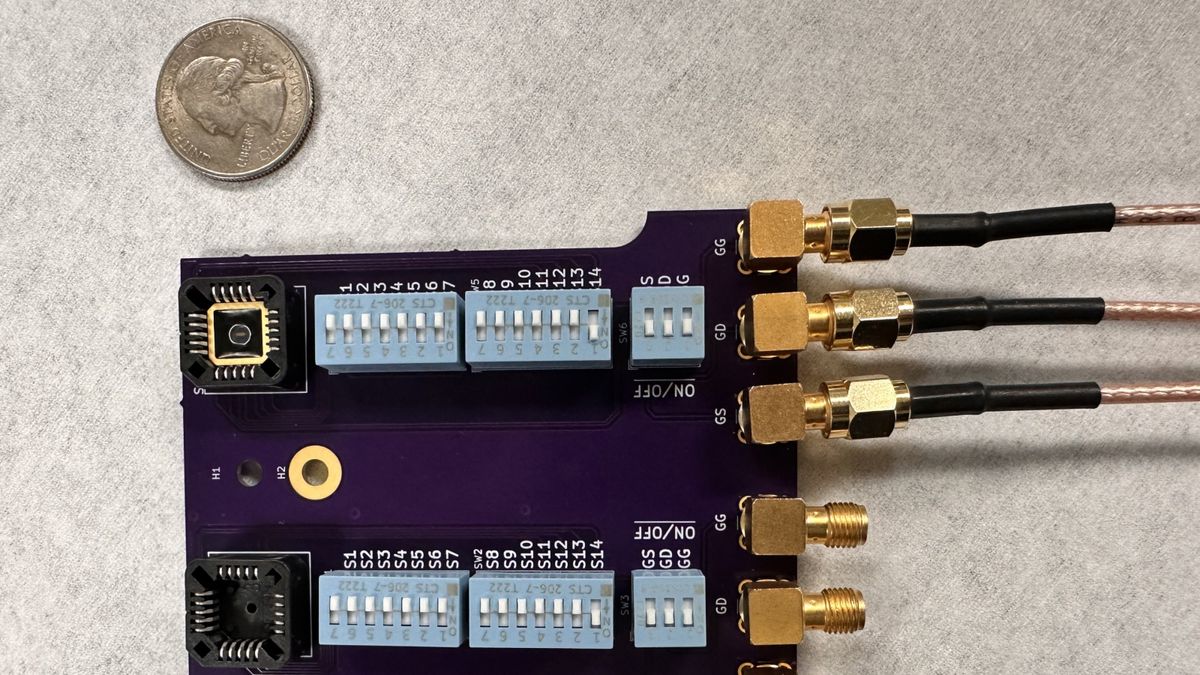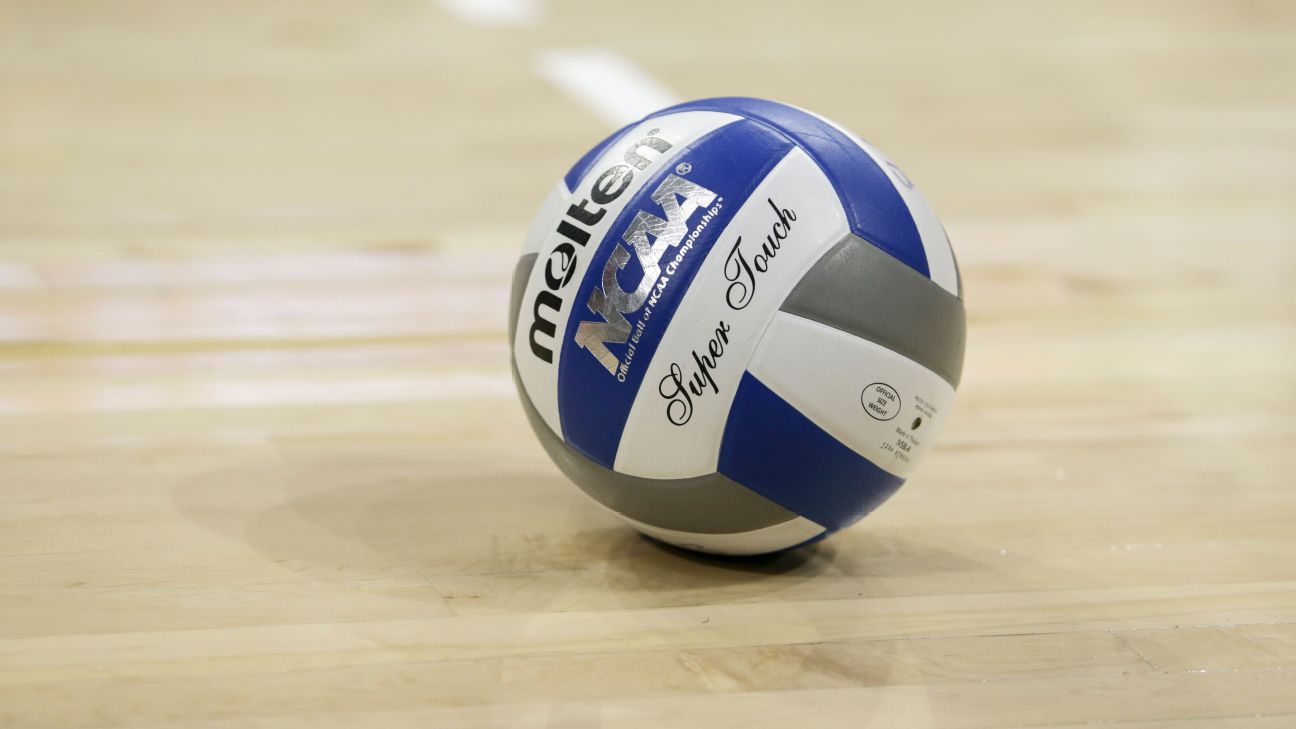Ever wondered if that old carton of fruit juice in the back of your fridge is still safe to drink? A new “electronic tongue” could tell you.
The system, powered by artificial intelligence (AI), can identify issues with food safety and freshness. It also offers a glimpse at how AI makes decisions, researchers reported Oct. 9 in the journal Nature.
To make the tongue, researchers used an ion-sensitive field-effect transistor — a device that detects chemical ions. The sensor collects information about the ions in a liquid and turns that information into an electrical signal that can be interpreted by a computer.
“We’re trying to make an artificial tongue, but the process of how we experience different foods involves more than just the tongue,” said study co-author Saptarshi Das, an engineer at Penn State University, in a statement. “We have the tongue itself, consisting of taste receptors that interact with food species and send their information to the gustatory cortex — a biological neural network.”
Related: Robot hand exceptionally ‘human-like’ thanks to new 3D printing technique
In the new system, the sensor acts as the tongue, while AI plays the role of the gustatory cortex, the brain region responsible for perceiving taste. The team linked the sensor to an artificial neural network, a machine learning program that mimics the way the human brain processes information, to process and interpret the data that the sensor collected.
Initially, Das and his colleagues gave the neural network a handful of parameters to use when finding out how acidic a certain liquid was. Using those parameters, the neural network determined acidity with about 91% accuracy. When they let the neural network define its own parameters for the acidity analysis, its accuracy improved to more than 95%.
They then tested the tongue on real-world beverages. The system could distinguish between similar soft drinks or coffee blends, assess whether milk has been watered down, identify when fruit juice has gone bad and detect harmful per- and poly-fluoroalkyl substances (PFAS) in water, they found.
By using an analysis method called Shapley Additive Explanations, the researchers could determine which parameters the neural network ranked most important in arriving at its conclusions. This method could help scientists understand how neural networks make decisions, which remains an open question in AI research, according to the team.
“We found that the network looked at more subtle characteristics in the data — things we, as humans, struggle to define properly,” Das said in the statement. “And because the neural network considers the sensor characteristics holistically, it mitigates variations that might occur day-to-day.”
The ability to adjust for those variations could help make the sensor more robust in other applications. Through its decision-making process, the neural network accounts for variations that currently render ion-sensitive field-effect transistors unreliable in some situations.
“We figured out that we can live with imperfection,” Das said in the statement. “And that’s what nature is — it’s full of imperfections, but it can still make robust decisions, just like our electronic tongue.”










